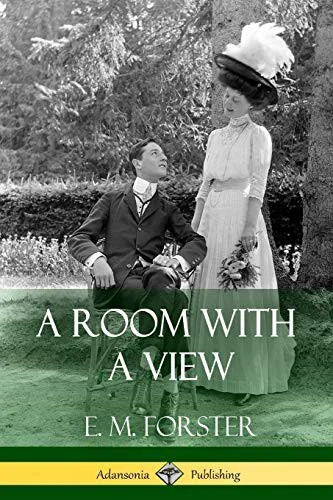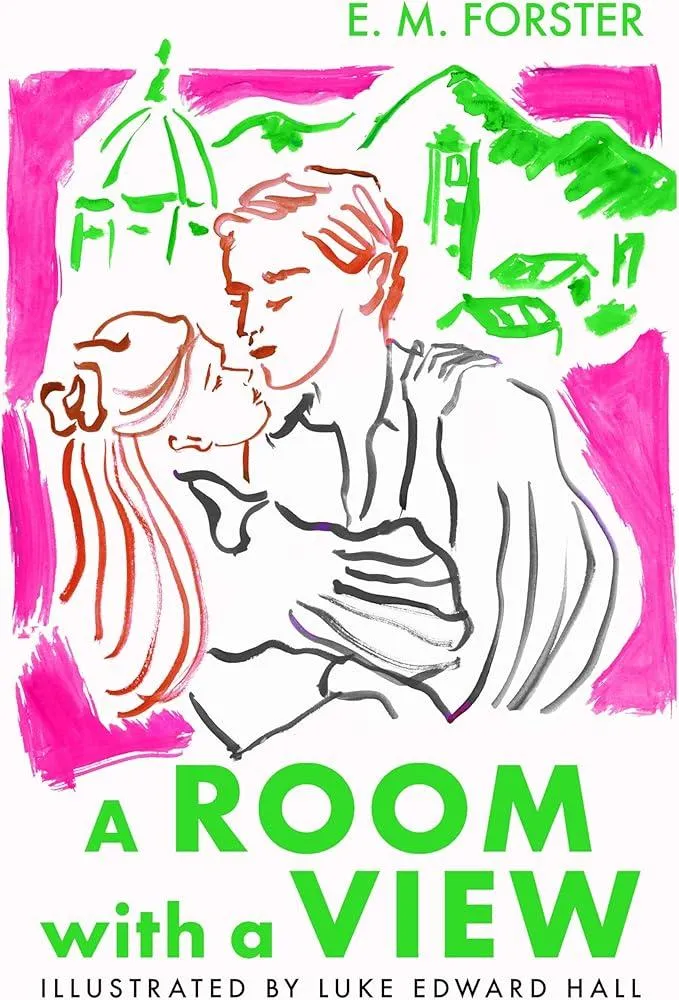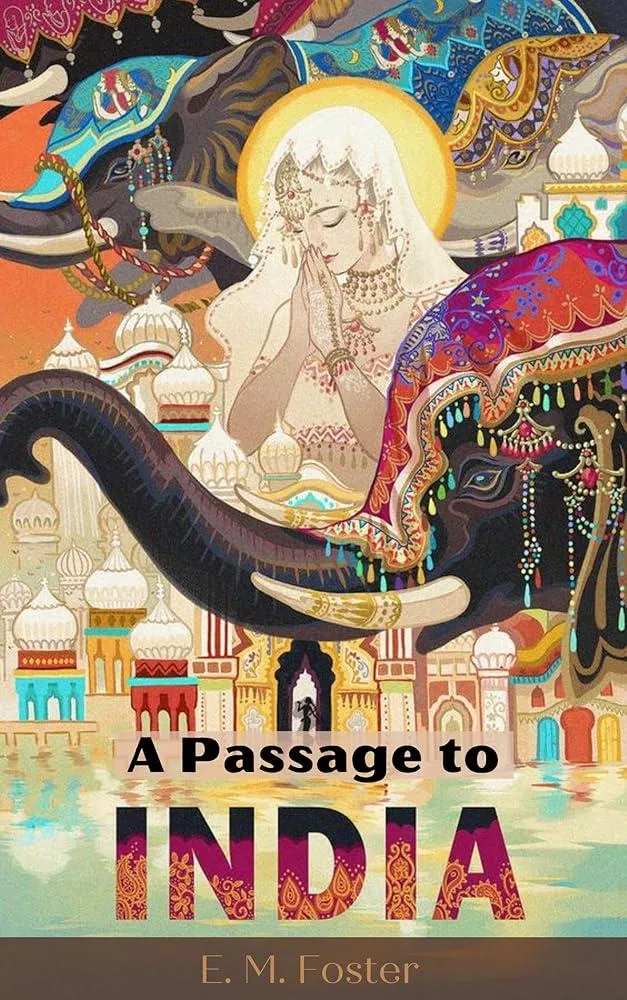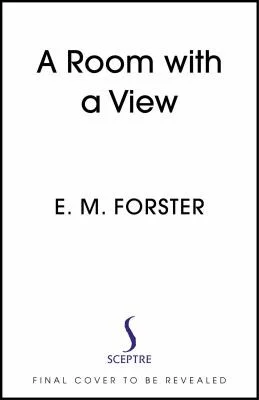
A Room with a View follows Lucy Honeychurch, a young lady living within the constraining society of Edwardian England. First published in 1908, this novel acts both as an inspiring romance and drama as well as a sharp critique of the social mores cultivated during the Edwardian era. The story itself commences in the Italian city of Florence, where the differences in environment and culture leave a lasting impression upon the young Lucy, despite the presence of her obtrusive elder cousin Charlotte. Lucy later encounters George, a sensitive young man who instinctively acts to awaken Lucy to break free of her stifling social situation and savour a different culture and life. George is deeply contrasted with Lucy's other suitor, the proper and courteous Cecil, who in many ways personifies the stifling Edwardian society in which much of the novel takes place.
E M Forster
E. M. Forster (1879-1970) was an English novelist known for his exploration of class differences and human relationships. His most notable works include "A Room with a View," "Howards End," and "A Passage to India." Forster's writing style is characterized by its clarity, wit, and insight into the complexities of human emotions. He is credited with portraying the inner lives of his characters with sensitivity and depth. Forster's contributions to literature include his exploration of themes such as imperialism, social injustice, and the struggle for personal freedom. His most famous work, "A Passage to India," is considered a masterpiece of modernist literature and continues to be studied and celebrated for its poignant portrayal of the clash between British colonizers and Indian natives. Forster's work has had a lasting impact on the literary genre of the novel, influencing generations of writers with his thoughtful exploration of the human experience.





